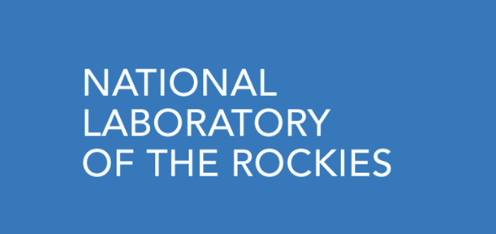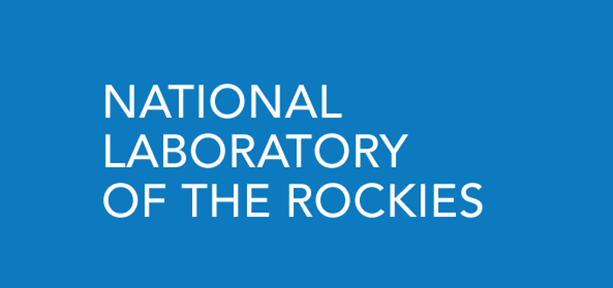Blending Model (Blend)

Abstract:
The biofuel blending model is a detailed linear programming (LP) model capable of exploring the potential for blending biomass-derived intermediates with petroleum-derived intermediates to meet finished fuel specifications. The overall objective of the blending model project is to (1) determine the amount of biomass-derived intermediates that can be blended into a gallon of gasoline and diesel, (2) assess the value of the biomass-derived hydrocarbon products as gasoline and diesel finished fuel blendstocks, and (3) identify the blending constraints for each of these biomass-derived fuels. The blending model has been developed in Aspen PIMS, which is a widely utilized program by
the refining industry, however limits the accessibility of the program to the general biofuels community.
Model/Tool Platform:
ASPEN PIMS/MS Excel
General Modeling Type:
Hybrid / other: Optimization (hybrid)
Primary analytical purpose:
Techno-economic analysis:
Technical and economic analysis of technologies or systems of technologies.
Secondary analytical purpose:
Feasibility/Implementation assessment:
Assessment of the feasibility or implementation of technologies and feedstocks in terms of operations or in the context of their landscape or market.
Metric categories:
- Environmental:
- Air Quality (non-GHG emissions)
- GHG Emissions
- Water Impacts (quality and/or quantity)
- Socio-economic:
- Process Productivity (conversion-related, e.g., yield)
- Techno-economic Impact
Geospatial resolution:
Field/Watershed
Temporal resolution:
Days
Laboratory:
NLR - National Laboratory of the Rockies
Principal investigators:
Yuan Jiang, Mike Talmadge
Model start year:
2014
Model last updated:
2017
Development status:
Fully Developed with periodic updates
Level of validation/review:
Internal QA/QC or Peer Review
Links:
Model scope:
Biomass Supply
Feedstock Logistics
Conversion
Distribution
End Use
- Conversion Technology
- Lignocellulosic Biomass to Biocrude Intermediate (TC)
- Waste to Biocrude Intermediates (HTL)
- Biomass-Based Oil Extraction
- Syngas Catalytic Upgrading
- Sugar Catalytic Upgrading
- Oil Catalytic Upgrading
- Sugar Biological Upgrading
- Syngas Biological Upgrading
- Alcohol Catalytic (e.g., ethanol or isobutanol to jet)
- Algal Oil
- Algae to Biocrude Intermediate (HTL)
- HEFA
- Products/Process Outputs
- Transportation Fuels - Biodiesel
- Transportation Fuels - Ethanol
- Transportation Fuels - Renewable Diesel
- Transportation Fuels - Renewable Gasoline
- Transportation Fuels - Renewable Jet
- Other Transportation Fuels
- Intermediate - Pyrolysis or Biocrude Intermediate
- Other Intermediate
- Other Process Output
- Transportation Market Segment
- Light Duty Vehicles
- Heavy Duty Vehicles
- Trains
- Aviation
- Marine
1
2
3
4
Analytical Purpose
Supply Chain Elements
Biomass Supply
Feedstock Logistics
Conversion
Distribution
End Use
Information last updated: Sep. 17, 2019 13:45:46 EDT
